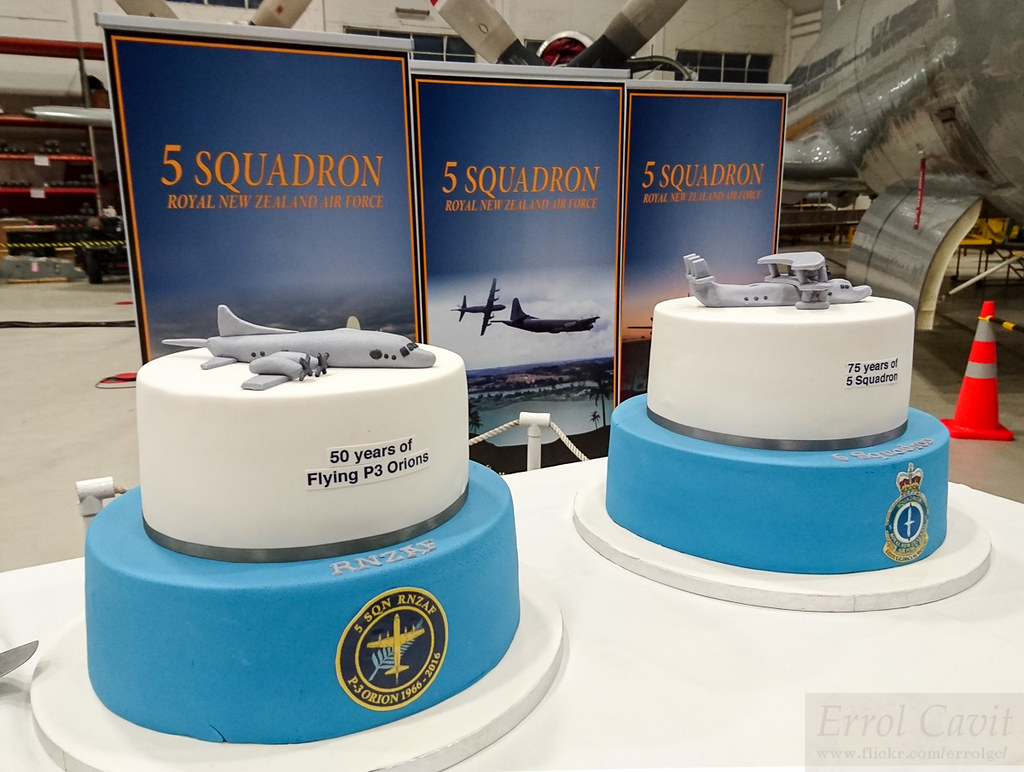Friday 19 September 1941;
Military life in Hong Kong was changing, with the departure of the Indian troops and the recruiting of Chinese into, not just the infantry regiment, but a lot of smaller units as well. Speaking Urdu wasn’t a requirement, indeed if you did, you’d probably be shipped out to Malaya, but speaking Chinese was becoming one. Likewise, the Chinese recruits with a good mastery of English, were in demand, and promotions were to be had because of it. Roles and responsibilities had to be taken over, and learnt again, as the Chinese soldier replaced the Indian one, with new Chinese recruits permeating into all the Infantry, Artillery, Engineer, Signal, Headquarters, Medical, RAOC, and RASC units.
And the Hong Kong Volunteer Defence Corps was undergoing transformation, as many of its members, with the necessary skills, found themselves transferred into the new units. The HKVDC also was now taking over the light fixed defences, namely the role that the Middlesex machine gun battalion had undertaken, providing manpower for Vickers machine gun equipped pill boxes across the island, static guards and some artillery batteries. These were still the weekend warriors, and had a surprisingly large number of older gentlemen, who were more than happy to man a fixed defence post. Every weekend, without fail, someone was on an exercise, being drilled through their roles.
Civilian life was changing as well, the going of the Indian Regiments signalling to a lot of Europeans that maybe wives and children should move to India or Australia, taking up the offer of free passage, from the Governor, although for many Europeans, there was an attitude of defiance, that if Japan attacked, they’d make her pay dearly to take Hong Kong. And for many Chinese, a chance to be part of something important in their lives, as they realised, they had the opportunity to have a far greater say in the running of the colony. Both by wearing a uniform, and secondly taking a greater interest in the General Council which the Governor was giving increasing powers to.
For the Royal Navy, however, with just the single destroyer HMS Thracian and two Rainbow class submarines left, apart from the scattering of smaller patrol ships, auxiliary minesweepers and gunboats, it was just a mundane role of watch and patrol. The shipyards were as busy as ever, with new construction, but no major Royal Navy ship would be docking here for refit/repair, just modifications to small auxiliary ships or the continuing general work with merchant shipping.
And for the RAF, there was even less of a role to be played, the only airfield in Hong Kong, at Kai Tak, played host to a trio of Vildebeest torpedo bombers, used as tugs for towing AA targets along with Maritime patrols, a small flight of old biplane aircraft for weekend flyers, and a single RN Walrus, along with the coming and going of the aircraft of several commercial airlines.
Brigadier Cedric Wallis, 45 years old, promoted in July from Lt Col of the departed 5/7th Rajput’s battalion, had the unenviable task of integrating the newly raised Chinese battalions into the infantry brigade, along with the Royal Scots. Like most senior officers, he spoke very little Chinese, and although he was learning phrases, all commands would be in English. But newly promoted equalled very enthusiastic, and with the black patch over his left eye socket, a memento from the first world war, he cut an almost piratical figure, and was to be seen everywhere, encouraging, supporting, but also quick to act on failures, as he won over his Chinese soldiers.
His commander, Major General Christopher Maltby, a 50-year-old professional soldier of the Indian Army, had taken over last month, and was as keen as Wallis in seeing the command exercise its roles. Both officers were very aware of their responsibilities and were under no illusion as to the likely outcome in any war with Japan. Indeed, in a private meeting with Lord Gort, it had been made quite clear to Maltby as to Churchill’s expectations should war come.
The other senior officers reporting to Maltby, were Col Henry Rose, the CO for the HKVDC, who had just been promoted on Sunday, and Brigadier Torquil McCleod, the commander of the Fixed Coastal Defences. Both of these officers were old China hands, having been out here before September 39, and although not fluent, could make themselves understood in Chinese. Their local knowledge was of immense help to Maltby.
Today, and the next two days, parts of the Garrison were on an exercise replicating the British response to a Japanese attack over the border, crossing the Shenzhen River over the railway bridge at Lo Wo. All drawn from the Hong Kong Chinese Regt (HKCR), present were two infantry companies, along with most of its Field Engineer company and a troop of four 4.5-inch Hows, (half the HKCR artillery battery), and the armoured car platoon. Practiced was the art of delay and destruction, mimicking blowing bridges, then keeping them under observed fire for as long as possible, and withdrawals.
At the border post itself, manned by a platoon of Royal Scots, the Japanese were quick to protest as to the warlike exercises going on so close to the border. This wasn’t entirely unexpected, they had already complained about the use of Chinese soldiers being used at the border post as being provocative, but didn’t seem to respond to the counter claim that Japanese aircraft were overflying British territory. Both sides were growing to realise that war was looking increasingly likely.

